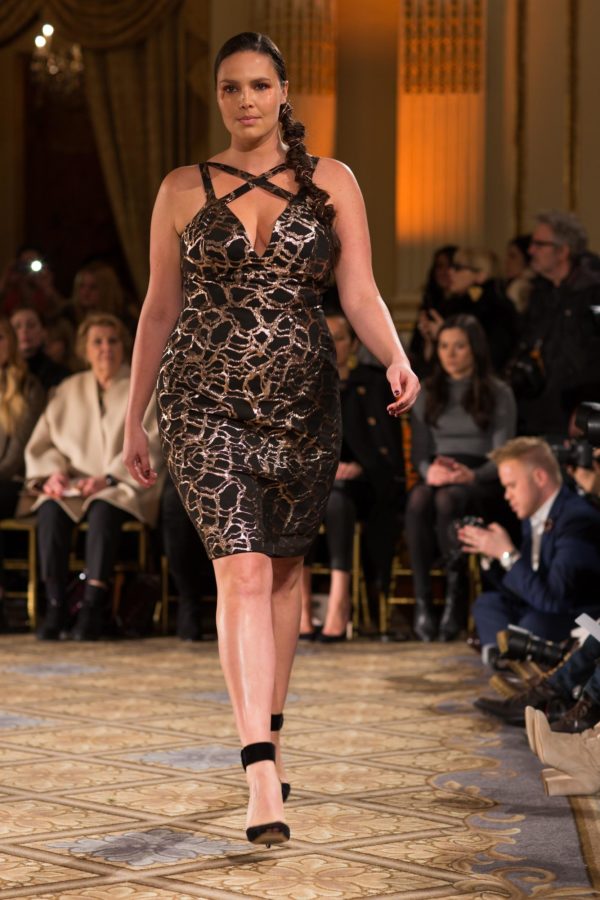Diversity or Uniformity?
March 7, 2017
Highlighting varying ethnicities, body shapes, and skin tones seems like it would be positive in today’s society, but Vogue’s attempt to do such a thing was not well received by readers.
Vogue has been around for nearly 125 years, but it wasn’t until 17 years later when the magazine began to focus on women. Since then, Vogue has set many new standards for fashion and photography. Their recent magazine cover was designed to be no different.
The March 2017 cover features models Adwoa Aboah, Liu Wen, Ashley Graham, Vittoria Ceretti, Imaan Hammam, Gigi Hadid, and Kendall Jenner. The goal of the cover was to promote diversity and show that there isn’t just one type of American girl, as stated in the cover story. All of the girls lined up on the beach to take the cover shot, but social media has noticed some discrepancies.
According to CNN, Vogue has been accused of not only posing plus size model Graham to cover up her leg, but also of photoshopping Hadid’s hand to cover Graham’s stomach.
However, Graham responded to the controversy on Instagram saying, “I chose to pose like that. No one told me to do anything.”
Diversity, whether it be body type or ethnicity, has been a very popular conversation in fashion. Designers like Zac Posen and Christian Siriano have been fighting to change the uniformity created in fashion shows. In 2016, Posen casted a wide range of ethnicities in his fall fashion show, highlighting the lack of representation in fashion, according to the New York Times.
(Photo by: EventsPhotosNyc Flickr)
Siriano’s Fall 2017 fashion line featured a wide variety of models and clothing all highlighting diversity. Siriano has been a fashion designer for the last nine years.
Siriano’s collection at Fashion Week did the same thing. Out of his 53 looks that went down the runway, ten were worn by plus-sized models. Also, about half of the ensembles were worn by non-white models. Siriano’s campaign was designed to promote the equality of all women, no matter their shape or color.
“I just book girls that are fabulous,” Siriano claims.
Fashion designers have heard the complaints on social media as said on the Washington Post, and they’ve created more diverse shows. However, checking off all of the diversity boxes is becoming more difficult. The Washington Post commented that nearly 32 percent of the models on the runways this season were women of color. Following that statement, they added the concerns that come along with documenting diversity.
The Washington Post said, “It’s useful to have an accounting of who makes it onto a fashion runway in order to measure our progress towards inclusiveness, but this kind of bean-counting presumes a certain end goal. What is the magic percentage that will signal victory?”
Many fashion designers, like Prabal Gurung, a Singaporean fashion designer based out of New York, have been responding to the cultural comments on social media. Gurung has recently created a plus size line at Lane Bryant in an attempt to broaden the inclusion of his fashion line.
While diversity in fashion, whether it be Siriano’s new line or the recent Vogue cover, have been greeted by skeptical readers, designers and editors are continually trying to push for more inclusive shows and lines.
“These days we’re pushing to include in our roster people of all ages, races, sizes, body types and genders,” said Ivan Bart, the president of IMG Models. “We’re evolving as a society, and fashion, too, has to evolve.”




